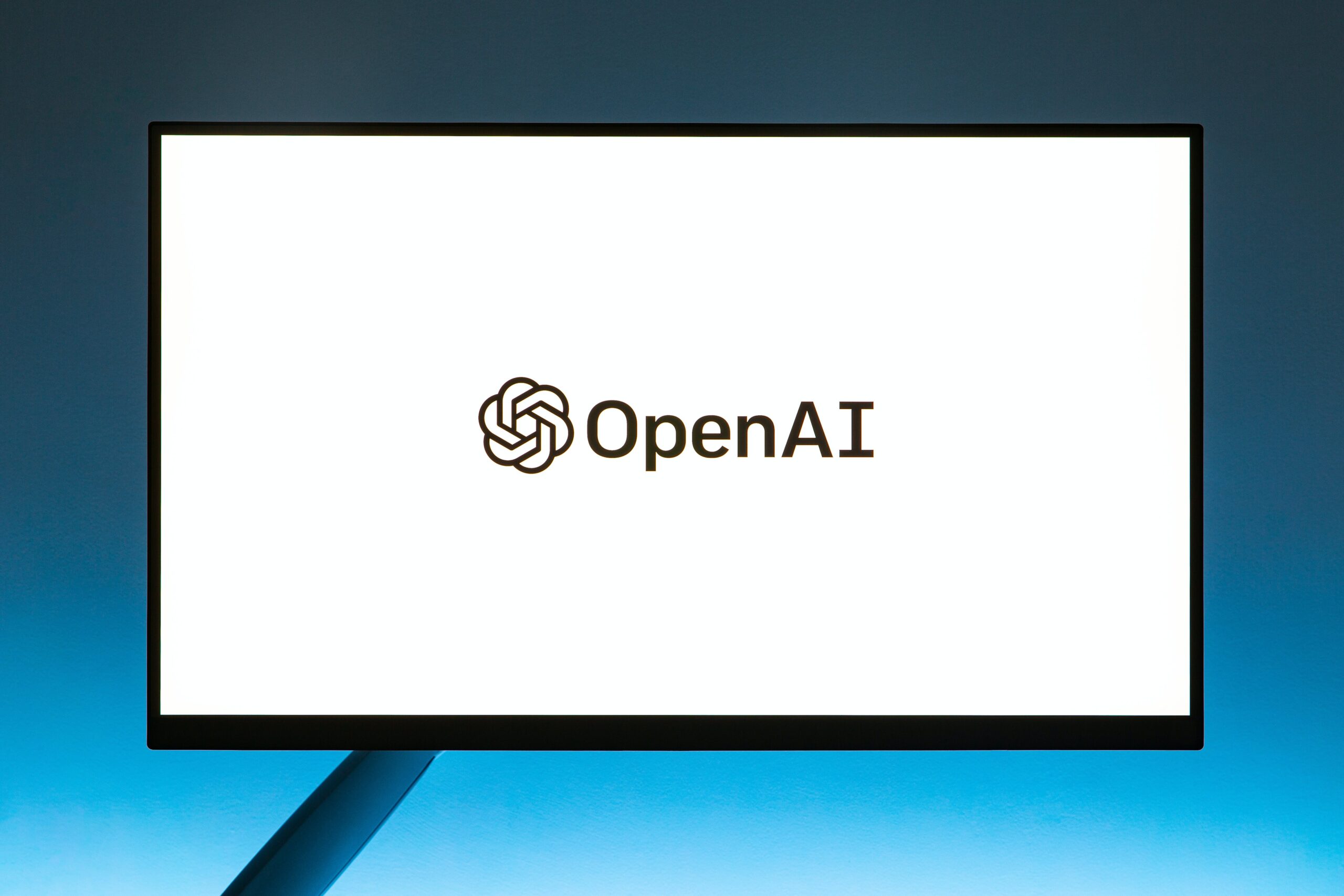In the dynamic realm of artificial intelligence, ChatGPT, powered by OpenAI’s GPT-3.5 architecture, stands as a pioneering force in natural language processing. As we delve into the capabilities of this advanced language model, it’s crucial to examine both its advantages and the challenges it presents. Let’s see Exploring The Realm of ChatGPT-
Advantages of ChatGPT:
- Natural Language Understanding: ChatGPT boasts an impressive capacity for natural language understanding. It can engage in conversations, comprehend context, and respond to diverse queries, providing users with a more natural and human-like interaction.
- Versatility Across Applications: One of ChatGPT’s key strengths lies in its versatility. Developers and businesses can harness its power for an array of applications, from content creation and code generation to language translation. This adaptability makes it a valuable tool in various industries.
- Scalability and Parameter Size: With a staggering 175 billion parameters, ChatGPT is a behemoth in terms of scale. This extensive parameter size enhances its ability to handle complex language patterns, contributing to its scalability for diverse inputs and tasks.
- Creative Output: ChatGPT exhibits a degree of creativity, making it useful for tasks that involve generating imaginative content, such as storytelling and idea generation. This creative flair opens up new possibilities for collaboration with writers, artists, and content creators.
- OpenAI’s Commitment to Safety: OpenAI has implemented safety measures to address ethical concerns. Continuous research and development efforts are focused on refining the model’s safety features, including reducing biased outputs and preventing potential misuse, demonstrating a commitment to responsible AI development.
Disadvantages of ChatGPT:
- Limited Real-world Understanding: Despite its prowess in natural language, ChatGPT has limitations in true real-world understanding. It may struggle with tasks that require in-depth domain knowledge or contextual awareness beyond its training data, leading to inaccuracies in responses.
- Occasional Incoherence: The model, while generally effective, can produce responses that lack coherence or seem nonsensical. In certain situations, it may generate plausible-sounding answers that are factually incorrect, highlighting the need for further refinement.
- Vulnerability to Bias: ChatGPT, like many AI models, is susceptible to biases present in its training data. This can result in biased outputs, perpetuating societal biases. OpenAI is actively addressing these concerns, but biases remain a challenge that requires ongoing vigilance.
- Potential for Misuse: The immense capabilities of ChatGPT also raise concerns about potential misuse. The model could be exploited to generate misleading information, deepfakes, or for malicious purposes, underscoring the importance of responsible deployment and oversight.
- Resource Intensiveness: Deploying and running ChatGPT can be resource-intensive due to its massive size. This may pose challenges for smaller projects or applications with limited computing resources, limiting accessibility for some users.
Exploring The Realm of ChatGPT —-
ChatGPT undeniably represents a significant leap forward in conversational AI, offering a plethora of advantages. However, it is crucial to acknowledge and address the challenges it presents, including occasional incoherence, biases, and the potential for misuse. As the AI community continues to collaborate and innovate, it is through responsible development practices that we can fully unlock the potential of ChatGPT for a more intelligent and ethically sound future.



